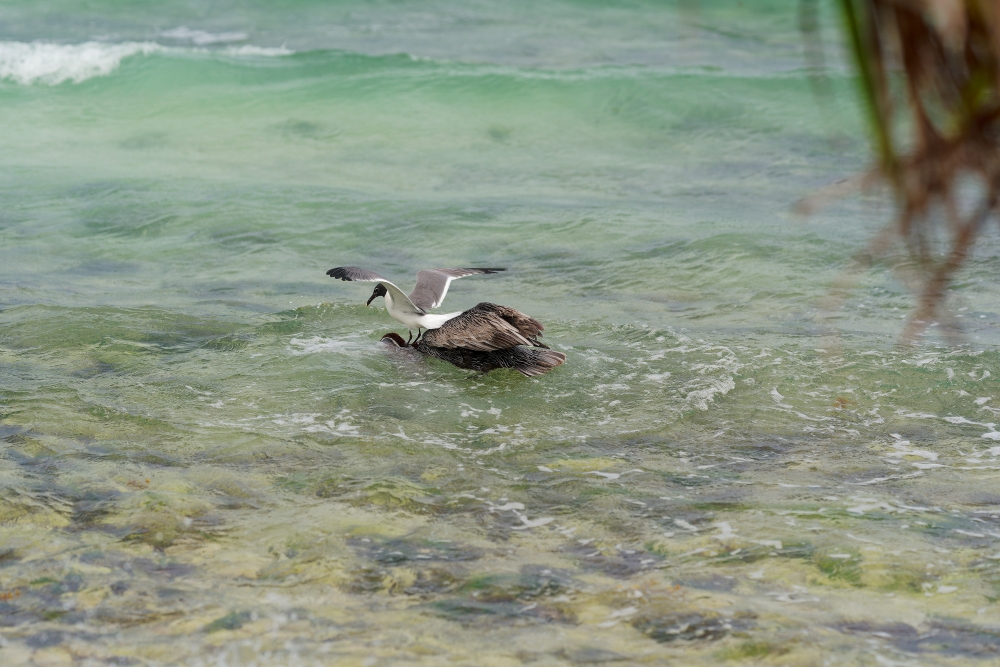SEA Is Keeping Eyes on Belize’s Ocean for the Next Generation
Elizabeth Avila Muschamp remembers the first time she saw a whale shark. Back in 2008, while floating in a boat near Silk Caye with friends, one swam right up beside them. “With its young,†she says softly, still in awe. “It just surfaced next to us.†For someone from landlocked Belmopan, it was shocking to catch a glimpse of the elusive giant that most people wait years to see.
She had no idea how much that moment would impact her life.
“I had always been someone who loves the marine space, the environment, and conservation. And I fell in love with the work SEA was doing,†recalls Elizabeth, now Executive Director of the Southern Environmental Association (SEA). That transformative encounter sparked a career dedicated to protecting some of Belize’s most precious marine ecosystems.
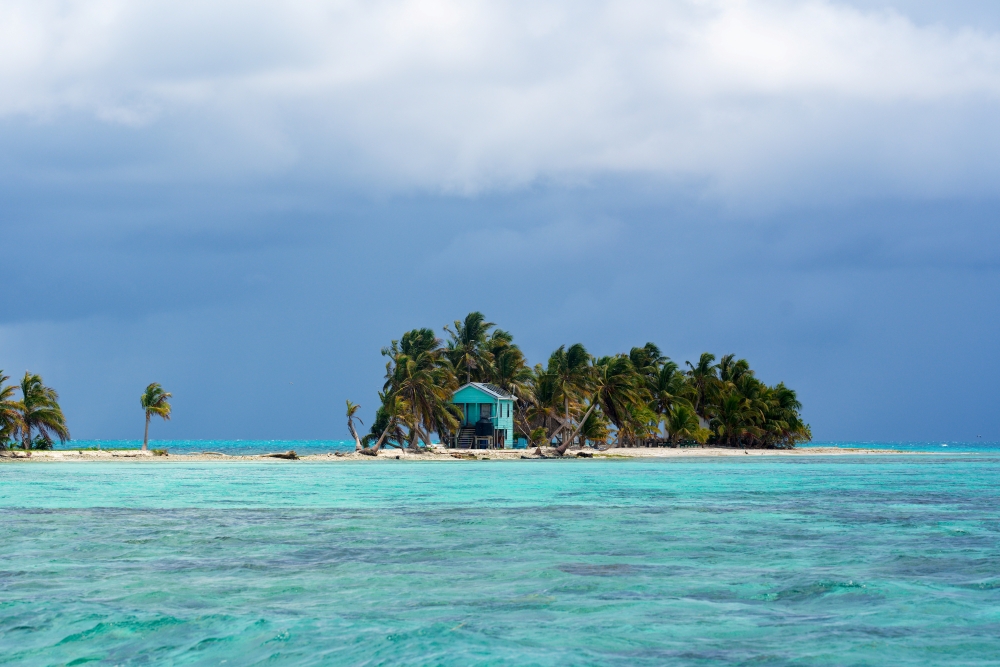
Today, SEA manages two of Belize’s iconic marine protected areas: Gladden Spit & Silk Cayes Marine Reserve and Laughing Bird Caye National Park, the latter a UNESCO World Heritage site. With BZ$750,000 in funding from the Belize Fund for a Sustainable Future (Belize Fund), SEA has reinforced its marine conservation works in southern Belize, proving that financing is essential not just for nature, but livelihoods.
A Force Behind the Frontlines of Conservation
For more than a decade, SEA has played a key role in guarding Belize’s southern waters. Co-managing these ecosystems alongside government agencies, SEA has built a strong track record of enforcement, community engagement, and science-based conservation.
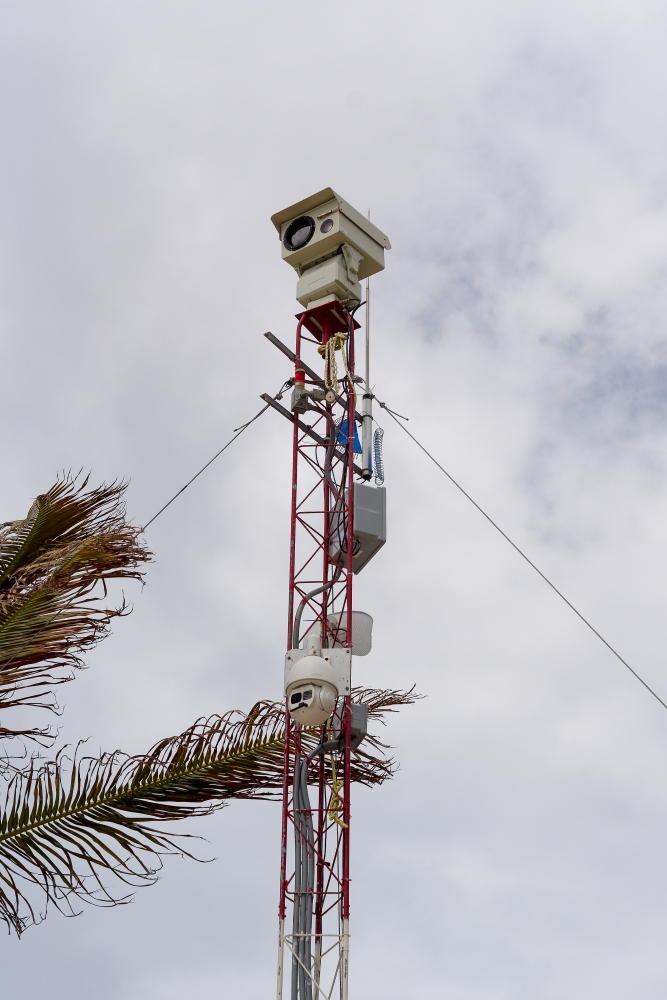
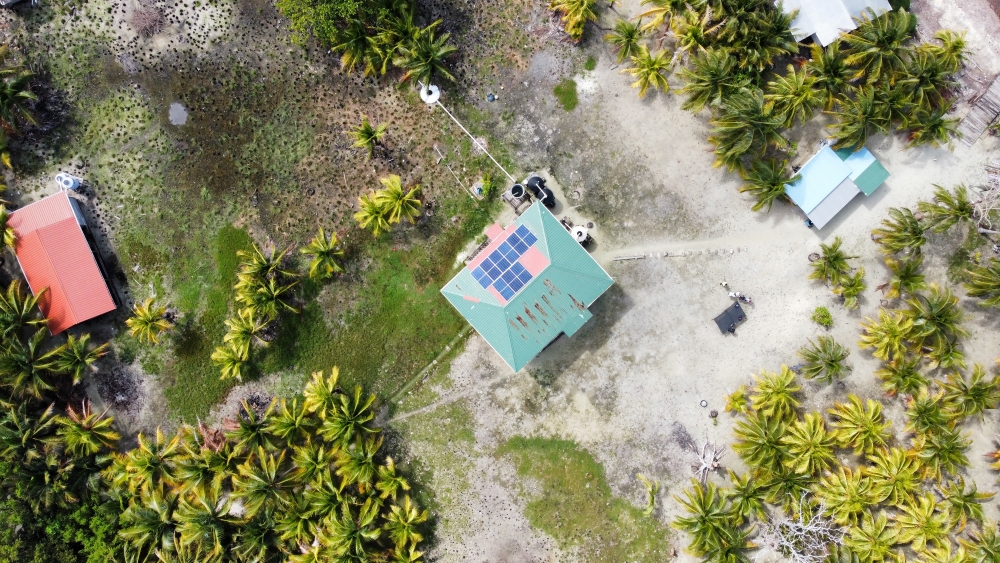
Through the Belize Fund’s support, SEA installed solar energy systems at two remote ranger stations, drastically improving energy efficiency and enabling more effective patrols. “We were able to procure two long-range, night-vision surveillance cameras with 360-degree coverage,†Elizabeth explains. “These cameras give us a 15 kilometers, or about 9-mile view, allowing us to detect illegal activities from miles away.†In places like Laughing Bird Caye National Park, a complete no-take zone, strong enforcement can lead to reduced illegal fishing and healthier fish populations over time, creating the potential for spillover benefits to local fishers.
SEA also conducts science-based monitoring. For over 20 years, the organization has tracked spawning aggregation sites (SPAGs) like Gladden Spit, collecting fish otoliths or tiny ear bones that reveal a fish’s age and health. This long-term data can inform decisions that balance conservation and fisher livelihoods.
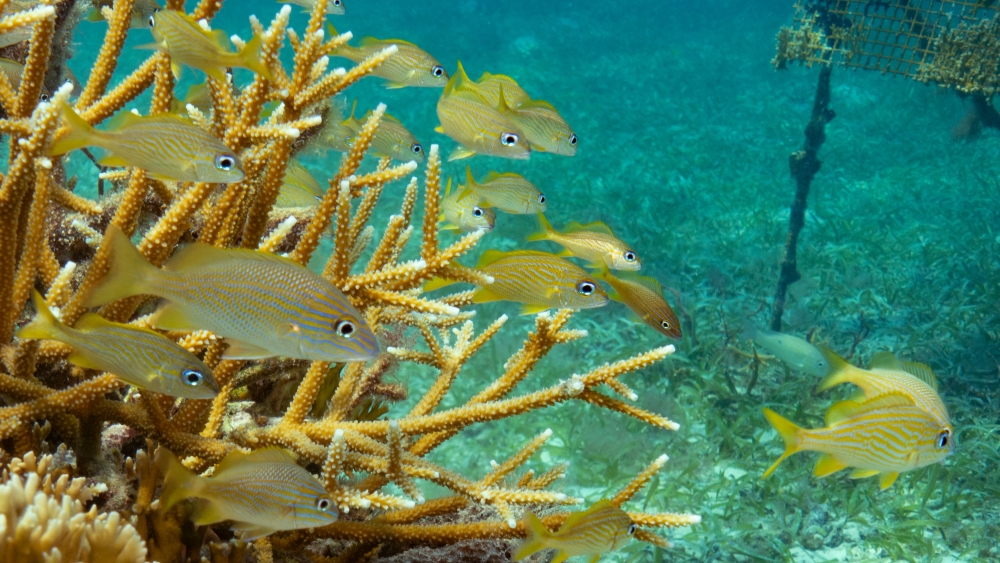
Most recently, SEA acquired an underwater drone, which allows the team to safely and efficiently survey sensitive reef habitats, expanding their monitoring capabilities while reducing risks for divers.
But technology alone doesn’t save the ocean. People do.
Conservation that Builds Bridges, Not Barriers
SEA launched mangrove restoration efforts in coastal communities like Seine Bight, Independence, and Hopkins, essential buffer zones in the fight against erosion and storm surge. What began as a pilot project has grown into a grassroots movement. Local residents now serve as “watchdog†groups protecting their coastal ecosystems.
“The community changed the name from ‘mangrove watchdog’ to just ‘watchdog,’†Elizabeth shared. “Because now, they’re monitoring everything, from erosion, dredging, even wildlife. They’ve taken ownership.â€Â
SEA’s approach is grounded in dialogue and participation. “Give them their voice, give them their space, let them say what they need to say,†she tells her outreach team. This philosophy emerged after her first Fisher Forum, which she recalls as particularly contentious. “Fishers felt their livelihoods were being taken away. We had to show them it wasn’t ‘us versus them,’ but ‘us trying to find solutions together.’â€Â
Today, SEA acts as a bridge between policies and community needs. It also supports alternative livelihoods. Through the grant funding, SEA ran a small business challenge that received 59 proposals from coastal communities. The winning proposal, a butterfly farm in Monkey River, received BZ$10,000 in seed funding. The recipient even pledged to contribute a portion of profits towards coral restoration.


The initiative demonstrates how marine conservation can generate economic opportunities while reducing pressure on marine resources, a principle SEA is expanding through its restoration and community programs.
Sustainable Financing Supports a Vision for Tomorrow
Despite its successes, SEA highlighted a critical challenge facing marine conservation globally: short-term grants and shifting donor priorities. “Conservation requires consistent long-term investment, especially for things like monitoring, enforcement and community programs,†Elizabeth emphasized. SEA’s income from visitor fees is seasonal and vulnerable to global and external events. The Belize Fund’s support, she added, gave SEA the resources to maintain consistent enforcement patrols and build on science research and monitoring that spans decades.
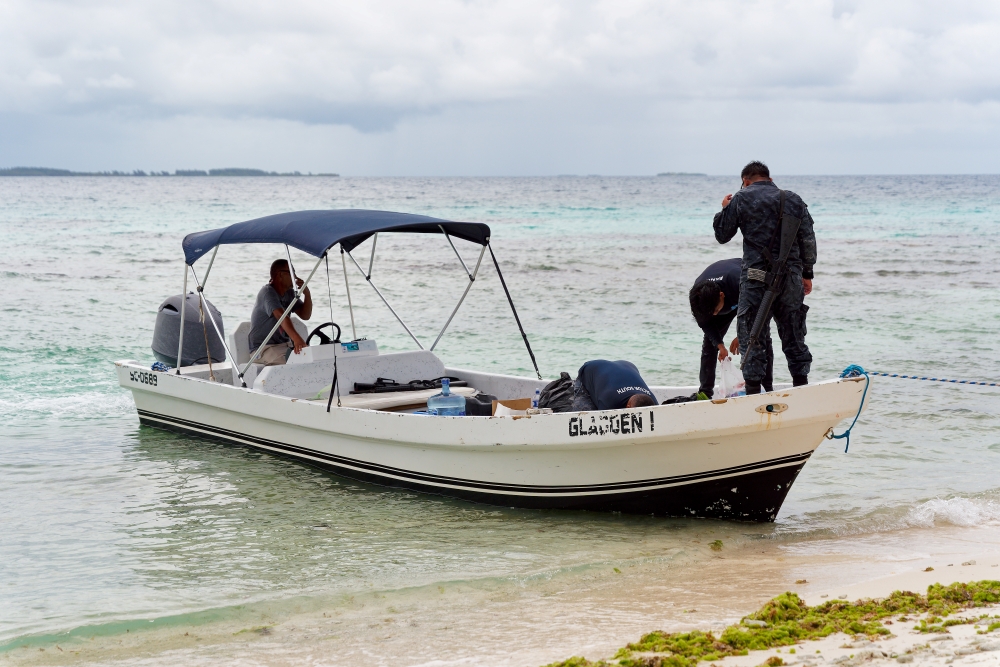
Looking forward, SEA plans to launch training programs for regional conservation leaders, formalize its watchdog networks, and deepen national and regional partnerships. But above all, the mission is to strengthen Belizeans’ connection to the marine spaces that sustain them. “Marine conservation is not just for foreign visitors,†Elizabeth declares passionately. “This is for us. And when we all share that value, then it shifts from being a responsibility to something that we truly appreciate.â€Â

